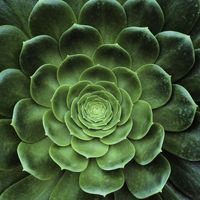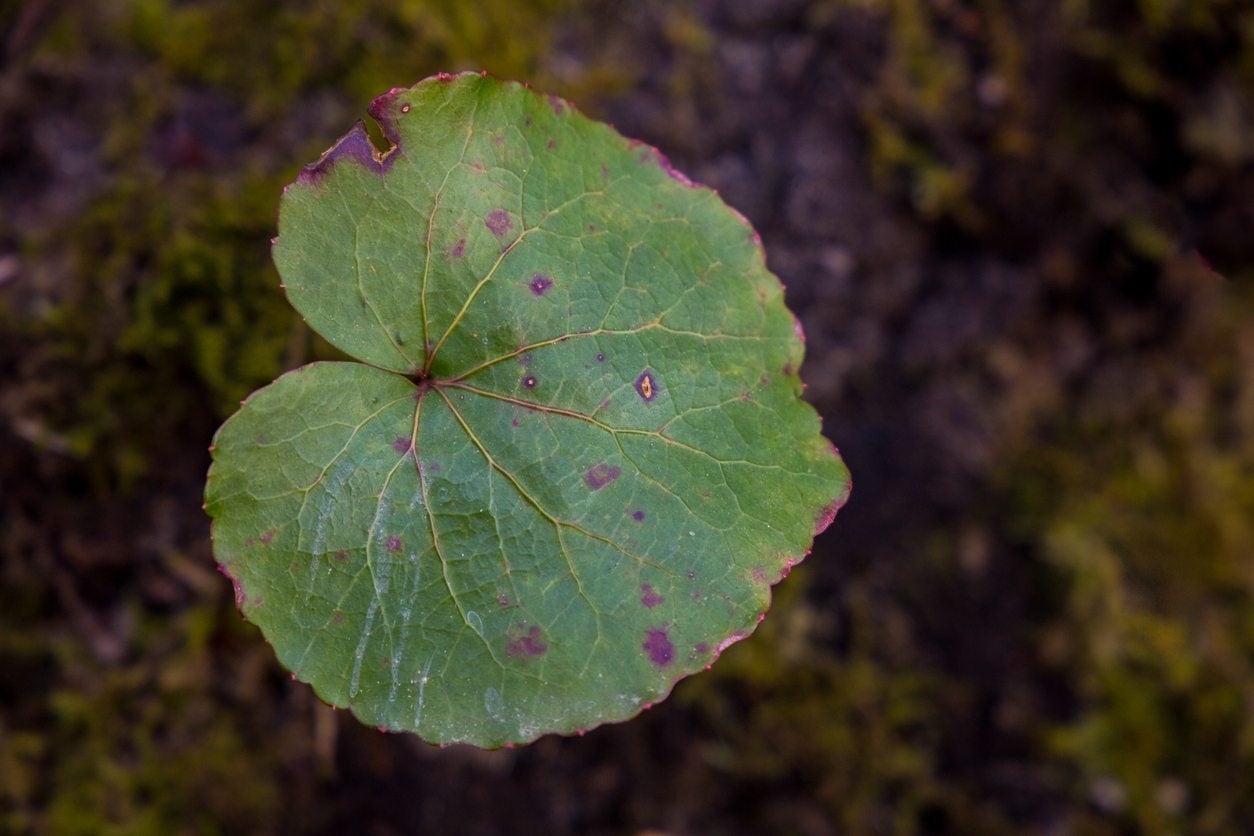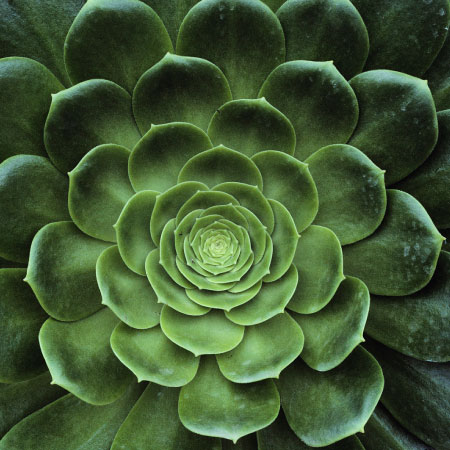What Are Galax Plants: Growing Galax Plants In Gardens


What are Galax plants and why should you consider growing them in your garden? Read on to learn how to grow Galax.
Galax Plant Information
Also known as beetleweed or wandflower, Galax (Galax urceolata) is a low-growing evergreen native to the eastern United States – primarily in the deep or moderate shade of the Appalachian Mountain forests. When Galax grows under deciduous trees, the shiny, heart-shaped leaves turn greenish red or deep maroon in winter sunlight, then back to bright green with the arrival of spring. Racemes of dainty white blooms appear in late spring and early summer.
Growing Galax Plants
Galax is suitable for growing in USDA plant hardiness zones 6 through 8. The plant doesn’t do well in alkaline soil, and doesn’t tolerate hot, dry weather. Galax plants prefer slightly moist, well-drained, acidic soil. In the home garden, Galax benefits from addition of mulch or compost. Galax plants can be propagated by seed, root division, or cuttings. Seed: Collect Galax seeds as soon as they ripen in autumn, and then plant them directly in the garden after the first frost. You can also plant seeds in an unheated greenhouse or cold frame. Move the seedlings into individual pots and let them mature for at least one winter before planting them outdoors after all danger of frost has passed. Root division: Late spring and early summer are the best times to propagate Galax plants by root division. Simply dig up the plant, gently pull it apart, and plant the divisions. Cuttings: Take 3 to 6 inch (8-15 cm.) softwood cuttings from a healthy Galax plant in summer. Remove the bottom leaves and place the cuttings in small pots filled with moist potting mix, perlite, or vermiculite. Cover the pots with plastic sheeting or a plastic milk jug, then place the pots in a warm room, away from direct sunlight.
Galax Plant Care
Once established, Galax plant care is minimal. Just water as needed to keep the soil moist but never soggy. Mulch with pine needles or another acid-rich mulch. Divide whenever the plant outgrows its boundaries.
Sign up for the Gardening Know How newsletter today and receive a free copy of our e-book "How to Grow Delicious Tomatoes".

A Credentialed Garden Writer, Mary H. Dyer was with Gardening Know How in the very beginning, publishing articles as early as 2007.